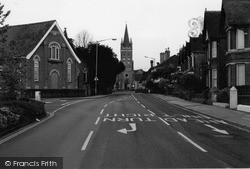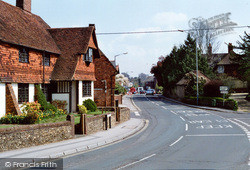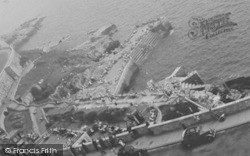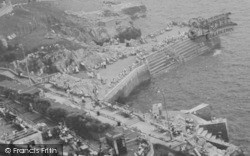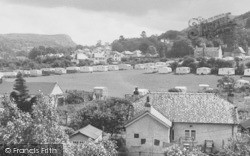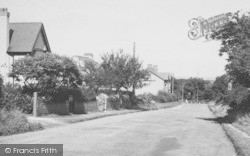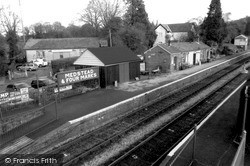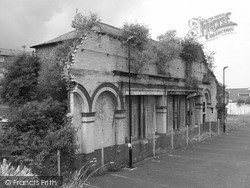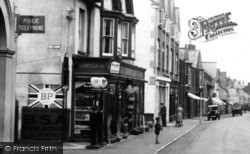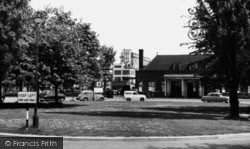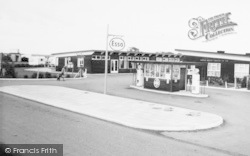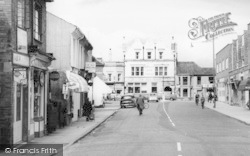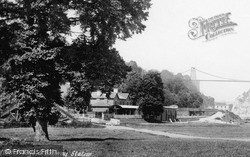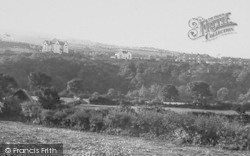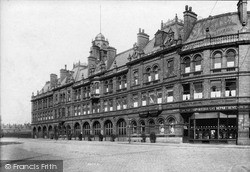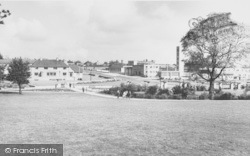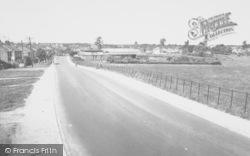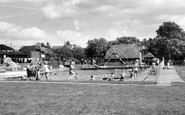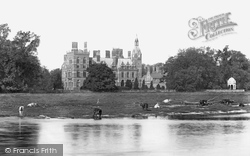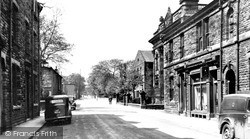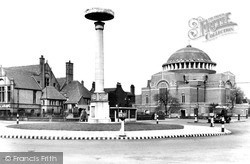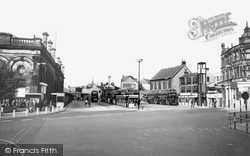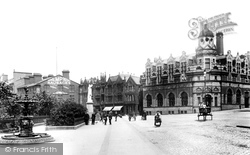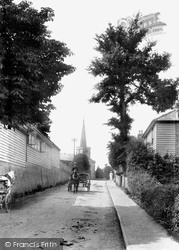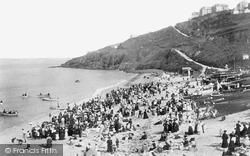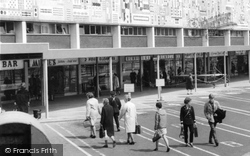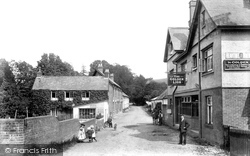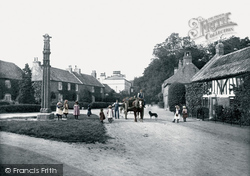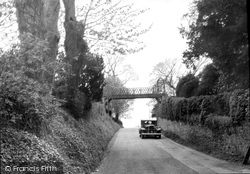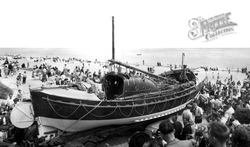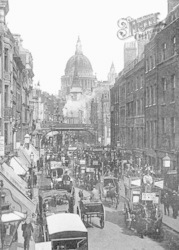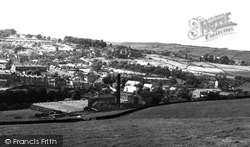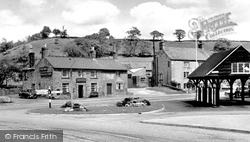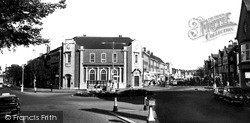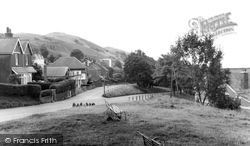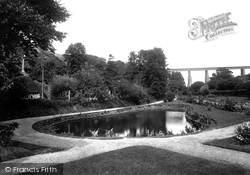Places
20 places found.
Those places high-lighted have photos. All locations may have maps, books and memories.
- Hinkley Point Power Stations, Somerset
- Lyne Station, Borders
- Perranwell Station, Cornwall
- Ferryhill Station, Durham
- Nantyronen Station, Dyfed
- Station Hill, Cumbria
- Station Town, Durham
- Widdrington Station, Northumberland
- Eggesford Station, Devon
- Bedlington Station, Northumberland
- Meopham Station, Kent
- Mintlaw Station, Grampian
- Ratho Station, Lothian
- Uphall Station, Lothian
- Alne Station, Yorkshire
- Hart Station, Cleveland
- Otterham Station, Cornwall
- Udny Station, Grampian
- Balfron Station, Central Scotland
- Ruthwell Station, Dumfries and Galloway
Photos
2,456 photos found. Showing results 521 to 540.
Maps
73 maps found.
Books
Sorry, no books were found that related to your search.
Memories
3,079 memories found. Showing results 261 to 270.
Beanfield Secondary
I was in that class at Beanfield Secondary and remember, Jim Drummond, Ray Shillitoe,Pete Bird and also Mick Hambly, Clive Evans, Ann Francis, Irene Mitchell, Jim Gardener, John Gamble, Michael Parker and others. I lived on the ...Read more
A memory of Corby in 1965 by
Living In Rye
Hi, I lived in Rye until I went into the army in 1955. I went to the Primary School in Ferry Road, then to the Rye Secondary Modern. When the Seond World War was on we were living at Cadborough, then we moved to Military Road, a ...Read more
A memory of Hastings in 1940 by
1954 And 1955
I was stationed here for the year above. Last time I visited was maybe 1972 or so. The headquarters company there had been torn down and nothing left but the foundation. The English folks were VERY gracious to the American ...Read more
A memory of Colliers End in 1954 by
Happy Island
I remember playing at Happy Island with my brothers and sister, and friends, having a picnic, and watching the trains pulling out of the station. Happy days. Now I have eight grandchildren and I want them to see life as I grew up in Bridport.
A memory of Bridport in 1960 by
A Wartime Child
I was born in 1935 at 25 Cambridge Road, maiden name Lee. There were six of us, parents, 2 older sisters, Beryl and Gwen, and grandmother. I remember many of the shops from the late 30's to the early 50's when we moved to Surrey. ...Read more
A memory of North Harrow in 1930 by
Pontrhydyrun Avondale Road
I am Roger Davies of 11 Avondale Road, DOB 19.09.43. Went to Sebastopol Infants school 1948 and then to Griffithstown Junior Mixed - Bryn Jones prior to 11+ ! West Mon 1954. - Harrison, Garnet, et al. Recall ...Read more
A memory of Pontrhydyrun in 1948 by
2up And 2down!
My father was born in Ford Street Hockley Brook Birmingham in 1936. He was the youngest of 6, 2 sisters and 3 brothers. Ford Street consisted of a row of houses on one side and factories on the other side. The houses were 2 up and 2 ...Read more
A memory of Birmingham in 1940 by
My Youger Days
Hello, I lived on Hadleigh Road & I went to Boxford school from age 7 until 11 plus, Mr Sore was Headmaster who lived in the village in Riverside house. The village hall opposite the school was where I would go to have my lunch ...Read more
A memory of Boxford in 1956 by
Peartree Close
I was born in Burgess Hill in 1955 and lived at 18 Peartree Close. There was a rough track behind the house with rear access to garages, and we spent loads of time playing up and down this track and in the woods beyond. I used ...Read more
A memory of Burgess Hill in 1955 by
Great Horton
Our family lived in Lidget Green, near the Great Horton railway station. I was born in 1949 near Bradford (Wakefield), and lived in Lidget Green from toddlerhood until we emigrated in 1960. The neighborhood provided many memories which ...Read more
A memory of Bradford in 1959 by
Captions
1,403 captions found. Showing results 625 to 648.
Designed by Sir Gilbert Scott, (who, obviously, also worked on London's St Pancras station) and built in 1864, this was the third house on the site and at the time of the photograph was owned by the
A new village was born around the railway station and with it a new church, St Mary's, built in 1892 by Sir Arthur Blomfield.
Ossett's GNR railway station was open until 1964.
Standing opposite the railway station, it creates a good first impression of the town to visitors, and has recently been restored.
After many delays the new bus station was constructed in 1963.
For much of the 20th century, the flitches were supplied by Dunmow`s own bacon factory, which occupied a site near the now-vanished railway station.
Next to St Mary's is the Boulevard, once church land, but now the site of the city's bus and rail stations.
As its name implies, it was originally a single row of houses, but it developed rapidly after the opening of its own railway station in 1866.
This view from the Lord Rodney Hotel looking towards Central Station shows the increase in road signs and road markings necessary with the growth of road traffic in the 1960s.
Porthminster Beach, almost in the town and just below the railway station, was extremely popular even a century ago. The crowd appears to be there for an event - perhaps a Sunday-school outing.
The bus station was built to incorporate a parade of shops, seen here beneath the canopy.
The Southern Railway Company always managed to annoy the locals by painting 'Tipton St Johns' on the name board at the station.
The elegant exterior of the station, which belonged to the North Staffordshire Railway Co.
Aldborough, just one mile from Boroughbridge, stands on the site of the Roman station of Isurium, and has a museum containing Roman remains.
Much of Colwall developed in late Victorian times as a result of the building of the railway line and its station.
Once a strategic Roman station, this coastal village is now almost a suburb of Great Yarmouth.
A locomotive of the L C & D Railway has just left Holborn Viaduct Station and thunders south over the bridge, steam ballooining out over the roofs. Below, traffic crawls miserably up Ludgate Hill.
Over to the right are the railway station and the old corn mill.
The clock tower was offered to the railway to be built by the station, but the offer was declined – so it was built by the parish church.
There are traffic lights here today, at the busy junction of the Bakewell-Grindleford and Baslow-Stoney Middleton roads, and the petrol station on the right of the picture is no longer there.
The Georgian style can be seen following along the left side of Leys Avenue and on Station Road at Lloyd's Bank (left).
Much of Colwall developed in late Victorian times as a result of the building of the railway line and its station.
The now unmanned railway station, about a quarter of a mile distant, serves both Cark and Flookburgh - in the late 19th century it had seven staff.
The Trenance Viaduct behind takes the railway into Newquay station. Its iron girders were replaced in 1939 with stone arches.
Places (20)
Photos (2456)
Memories (3079)
Books (0)
Maps (73)





